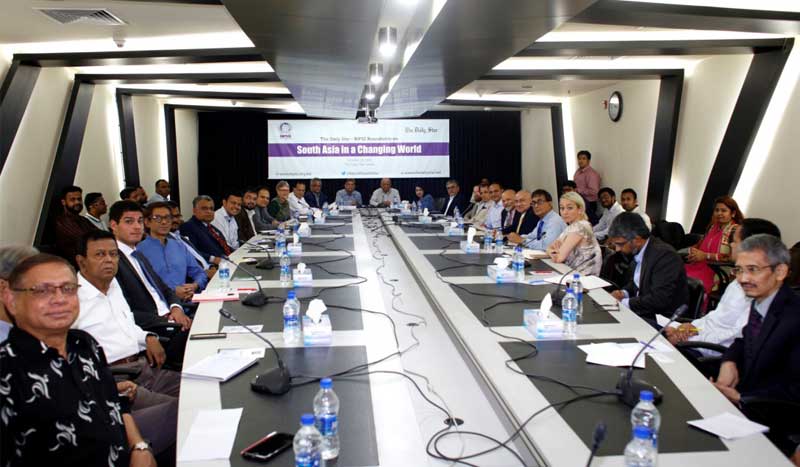Published in The Daily Star on Tuesday 19 November 2019

The Daily Star and Bangladesh Institute of Peace and Security Studies (BIPSS) jointly organised a roundtable titled “South Asia in a changing world” on October 14, 2019. Here we publish a summary of the discussion.
Dr Fahmida Khatun
Executive Director, Centre for Policy Dialogue (CPD)
South Asia is one of the largest regions in terms of population. In terms of total land, it is only 3.5% of the world, but in terms of population it holds 24% of the world’s population. If we just look at some of the indicators, for example the basic indicators – economic growth and per capita income or export, import and employment – South Asia has achieved significant progress. There is no doubt that South Asia is progressing at a much higher rate than the global average. In 2018 the GDP growth was only 3% worldwide but South Asia gave us 7% growth. Within South Asia, Bangladesh is best performer with more than 8% growth in terms of GDP per capita, if we compare with the GDP per capita with the rest of the world. While the contribution of the agriculture sector in Bangladesh is only 17% of total GDP while 50% of the total labor forces is engaged in the agriculture sector. Regional trade is crucial and there are many regional trade bodies, trade organizations beyond South Asia doing quite well. Why South Asia is not able to take benefits from various initiatives like BCIM, BIMSTEC, SAARC, is something policy makers have to think seriously.



